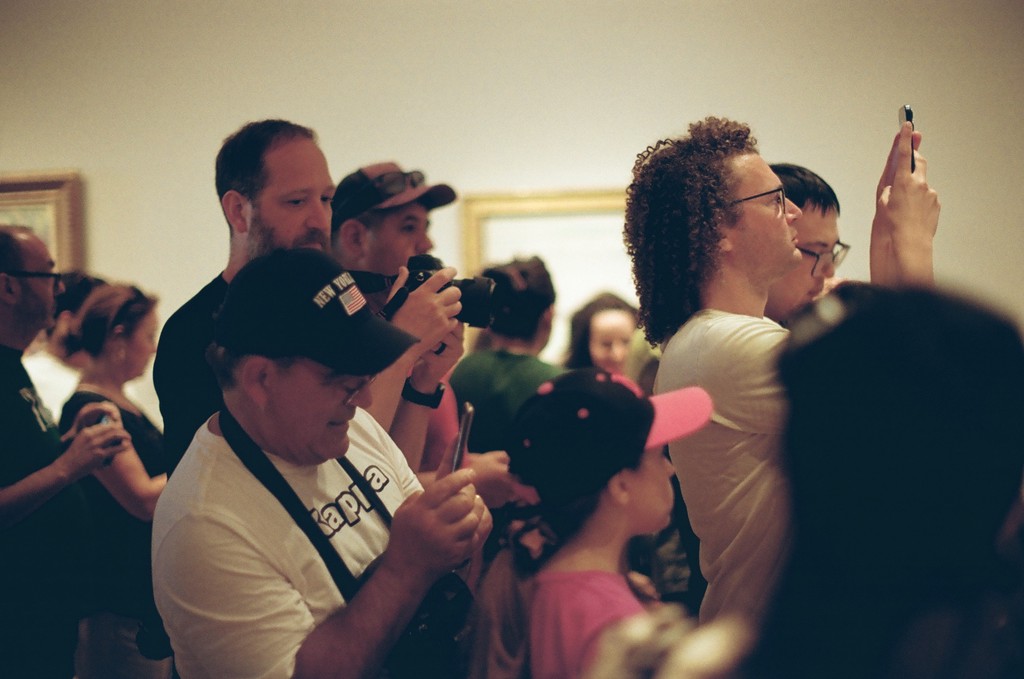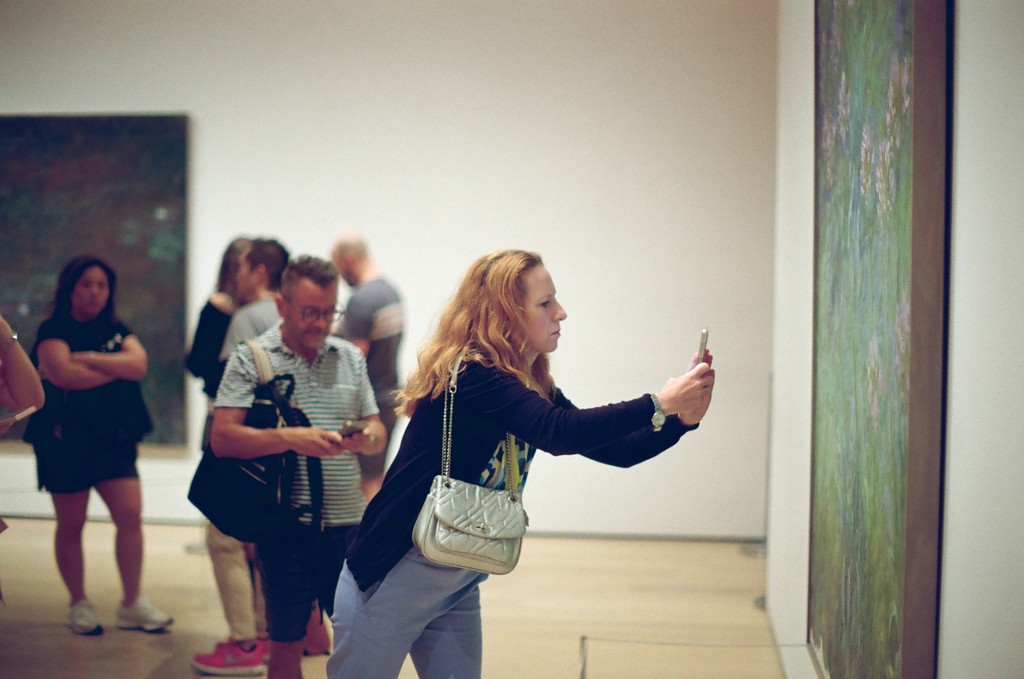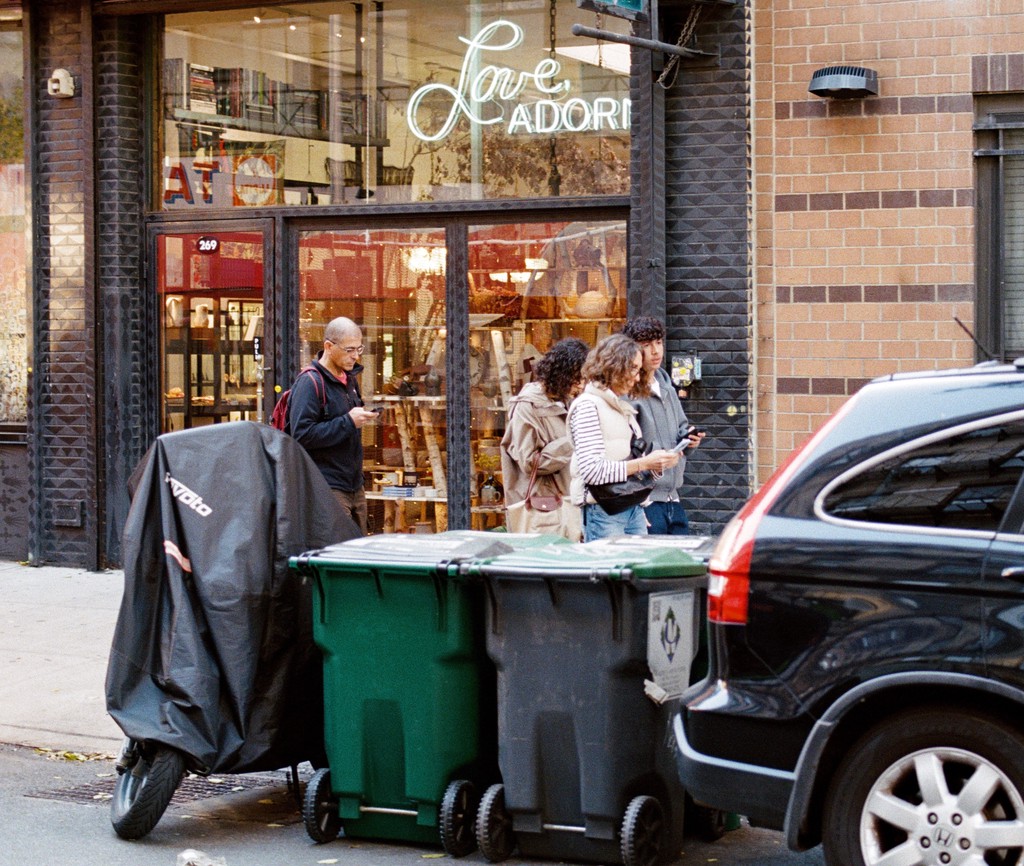How to Be Human
Take a walk on any given day these days, and instead of staring at your phone, try looking around. If you want to do this on hard mode, leave the phone at home if you can manage. You might discover a fascinating world unfolding around you that many of us miss while scrolling through our digital lives.
It’s an interesting paradox of modern life. Studies show that nearly half of Americans check their phones within five minutes of waking up. Meanwhile, many people express feelings of disconnection and loneliness, even as they remain absorbed in their digital worlds rather than engaging with the potential connections surrounding them.
From my observations, there’s a pattern of scrolling through social media that’s become almost reflexive for many of us. The subway—a microcosm of humanity with its diverse characters and spontaneous moments—often becomes just another backdrop for digital consumption. Yet the stories happening in real time around us can be far more captivating than another algorithmically curated feed.

Our attention has become so divided that navigating public spaces sometimes feels like a game of human Frogger. The near collisions with fellow pedestrians deep in digital conversation has become a common urban experience. Research suggests that “smartphone zombies” actually walk differently—more slowly and with less awareness of their surroundings—something scientists have begun studying in earnest.

The phone-in-hand has become something of an additional appendage for many. It’s not necessarily good or bad—just a fascinating evolution in human behavior. What’s worth considering, though, is what happens in the spaces between constant stimulation. Neuroscientists have found that moments of boredom can actually spark creativity and problem-solving—mental muscles that might atrophy in our notification-saturated environment.

Then there’s our compulsion to document experiences rather than fully immerse in them. There’s something wonderfully ironic about crowds gathering around masterpieces like Van Gogh’s Starry Night, experiencing it primarily through their phone screens, despite the incredibly high resolution photo on Wikipedia being technically superior to most quick snapshots. The psychological satisfaction of capturing our own image seems to outweigh the experience itself—a fascinating quirk of human nature worth examining.

I’ve found immense richness in occasionally disconnecting and simply observing the world without digital mediation. It’s not about judgment—we’re all navigating this new landscape together—but about conscious choices. Perhaps the real skill in modern life is finding the balance: knowing when to connect digitally and when to plug into the remarkable, messy, unpredictable reality happening all around us.
Try a short digital sunset each day—just 30 minutes of phone-free time in a public space—and see what you discover. The multiverse of reality might surprise you with its richness.

